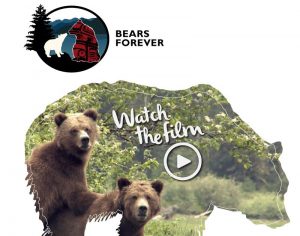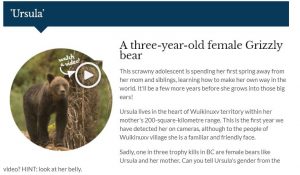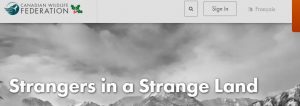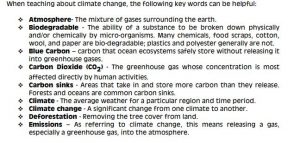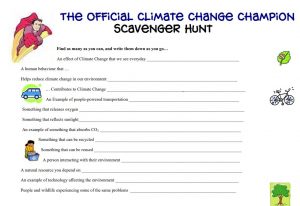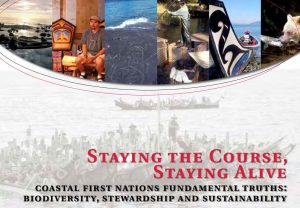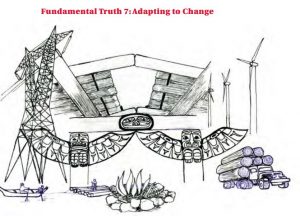Website: Spirithorse: The Learning Circle
This portion of the Spirithorse website provides (Canadian) teachers with a series of classroom activities designed to teach students about the history, language, culture and identity of Indigenous communities; (activities “focus on First Nations, Métis and Inuit culture, identity, and history”)(“The Learning Circle | Spirit Horse,” 2015). Teachers can choose between curricular activities designed for the following age groups: Ages 4-7, 8-11, and 12-14. Each guide provides teachers with an explanation of how to approach each lesson/topic and is subdivided into culturally relevant topics.
Link: http://spirithorse.ca/learning-circle/
Reference
The Learning Circle | Spirit Horse. (April 20, 2015). Retrieved November 27, 2018, from http://spirithorse.ca/learning-circle/
